In the world of cannabis, each stage is part of a unique ritual. Among these stages, drying and curing are particularly important, acting as real keepers of secrets and treasures. We invite you to dive deeper into this exciting process by revealing the key aspects of drying and curing cannabis.
Why is proper drying important?
Just as the first look is important when meeting, so the correct drying plays a key role in shaping the character of cannabis. This stage is not just a drying process, but a real art that determines the final result. Let's figure out why proper drying is the most important step on the way to creating cones of the highest quality.
- Preservation of active substances
When cut branches begin their journey to drying, it is important to preserve the maximum amount of active substances - cannabinoids, terpenes and other chemical compounds. Proper drying allows you to avoid losing valuable components.
- Prevention of mold and rot
Drying is not only a way to preserve the value of the plant, but also a method of preventing unwanted consequences. Appropriate drying conditions, such as optimal temperature and humidity, help to avoid the development of mold and rot. This is especially important because these problems can significantly degrade the quality of the buds and even make them unusable.
- Preservation of appearance and aroma
Proper drying also affects the appearance and aroma of the bud. Light-sensitive terpenes and pigments can be lost with improper processing. However, when optimal drying conditions are observed, cannabis retains its characteristic color and aroma, which adds aesthetic value.
- Ensuring uniformity of drying
It is also important to pay attention to the uniformity of drying. Uneven drying can lead to differences in consistency and quality between different parts of the plant. Properly distributed moisture provides an even and optimal result.
Stages of drying: Accuracy and attention to detail
Drying cannabis is not just a process, it is a fine art that requires precision and attention to detail. Each stage of this intricate dance with humidity and temperature contains many nuances that affect the final result. Let's dive into the world of drying stages, where precision plays a crucial role.
- Preparation
Everything starts from the moment of cutting the branches. Carefully, like a surgeon, the grower cuts off excess leaves, creating optimal conditions for air circulation and preventing moisture accumulation. This is also the moment when the future shape of the bud that has become the object of attention is determined. - Drying time
The next stage is patient waiting. Drying usually takes 7 to 14 days, and every day counts. The temperature is maintained between 18-24°C and relative humidity between 45% and 55%, creating ideal conditions for removing excess moisture from the plant. - Dark room
It should be remembered that light is the enemy of terpenes. Therefore, even in the process of drying cannabis, experienced growers choose a dark room. This will help preserve the aroma and color of the bud. - Ventilation and circulation
Ventilation is another important aspect. Ensuring constant air movement to avoid mold formation and maintain uniform drying. This is achieved by placing the buds with a small distance between them. - Humidity control
Humidity control is like conducting an orchestra. Establishing optimal conditions so that moisture evenly leaves the bud, while preserving its valuable qualities. It is necessary to avoid excessive dryness, which can damage the structure of the plant.
Cannabis Treatment: The Final Stage
- Why is it necessary to treat?
Curing, or fermentation, is a process that occurs after drying, when there is an even distribution of residual moisture inside the bud. This stage supports oxidation processes, promotes drying and creates ideal conditions for the development of terpenes and cannabinoids, thereby enhancing the aroma and effects of cannabis.
- Treatment process
The next step after drying is to place the dry buds in glass jars or containers. It is important to leave a small space so that air can circulate freely inside. Growers open containers daily to ventilate, preventing possible mold growth and ensuring uniformity of the curing process.
- Optimal conditions
Containers are stored in a dark, cool place with a temperature of about 16-21°C. The curing process usually takes 2 to 8 weeks depending on the taste and preferences of the grower. During this period, a transformation takes place, which gives cannabis a rich aroma and taste.
- The importance of attention to detail
Attention to detail in the curing stage is just as important as in the drying stage. Regular inspections, manual intervention as needed and careful treatment of each bud are the key ingredients for success.
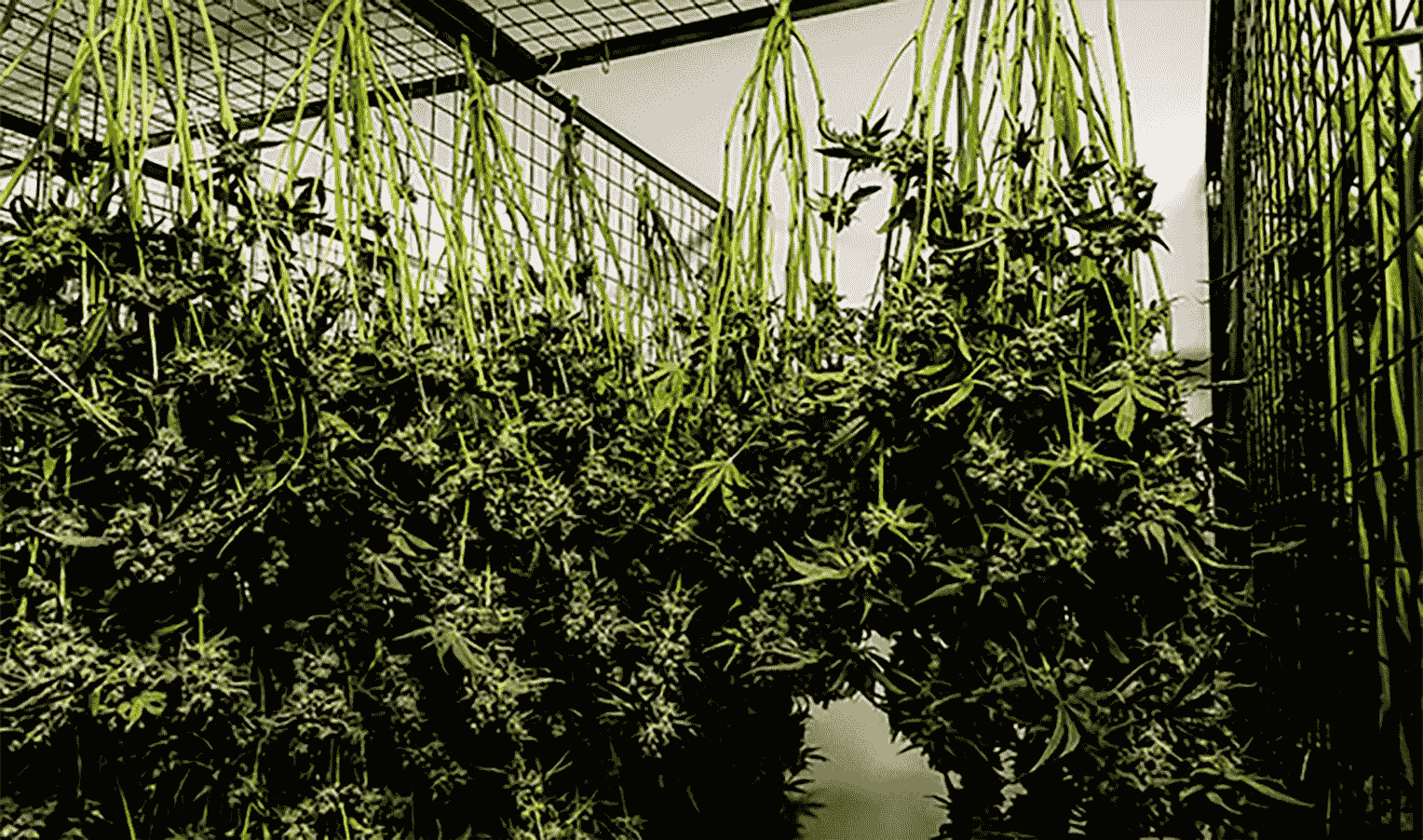
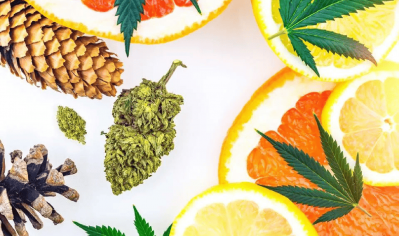
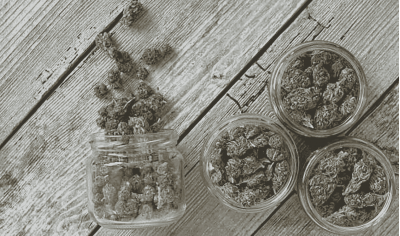
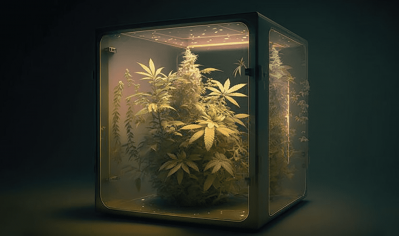
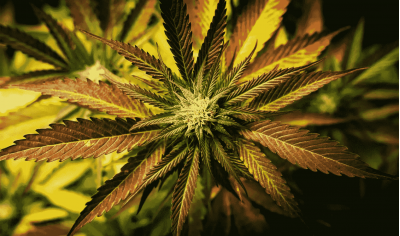


Write a comment